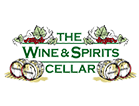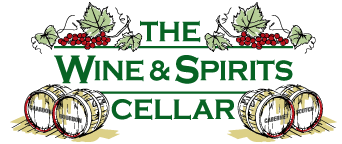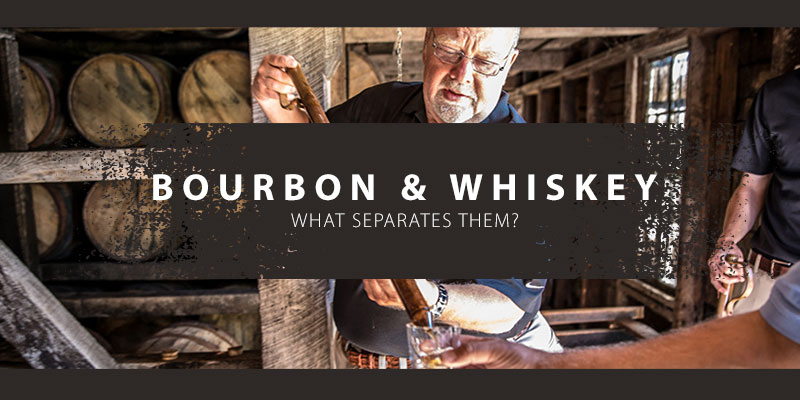What separates Bourbon And Whiskey?
The answer is both nothing and a lot.
Bourbon is America’s Native Spirit
Whiskey is, Well, Whiskey
There are many different kinds of whiskey (or “whiskey,” depending on where you’re from). Scotch whiskey, Japanese whiskey, Irish whiskey, Tennessee whiskey, Canadian whiskey, rye whiskey, bourbon whiskey and, of course, Kentucky Straight Bourbon Whiskey (sorry if we missed anyone). At Jim Beam, we’re pretty partial to those last two, and to clear up why we’d love to tell you what separates bourbon from the rest.
The difference isn’t just semantics.
It’s the law
All bourbon is whiskey, but not all whiskey is bourbon. A strict set of standards from the government regulates what’s what. Learn more about what defines “America’s native spirit” and the difference between bourbon and whiskey below.
1. Made in United States of America (not Kentucky)
2. Product from a fermented mash of 51% corn at least.
3. Distilled at no more than 160 proof
4. Stored at no more than 125 proof in new, charred oak barrels.
5. Aged for a minimum two years.
6. Free from additives.
2. Product from a fermented mash of 51% corn at least.
3. Distilled at no more than 160 proof
4. Stored at no more than 125 proof in new, charred oak barrels.
5. Aged for a minimum two years.
6. Free from additives.
Because of this, all bourbon is whiskey, not all whiskey can be called bourbon. Then there’s Kentucky Straight Bourbon Whiskey, like Jim Beam®, which in addition to the rules above, must also be made in Kentucky.
Now you know what the law says
But what’s it’s mean
At least 51% corn
Imagine you’re enjoying a little corn on the cob. It’s sweet, right? That sweetness is what makes bourbon “whiskey’s sweet spot.” And being made from at least 51% corn means all bourbons will have a delightful sweetness that can’t be found in most barley- and rye-based whiskeys.
Maximum proof
Each time any type of alcohol is distilled, it comes off the still at a higher proof. But the process also removes anything that isn’t alcohol from the liquid, including flavor. This is why vodka is essentially tasteless. Having a maximum proof means that bourbon maintains more of the flavors from the mash bill that would be lost with further distilling.
New charred-oak barrels
This style of barrel aging, as opposed to toasted barrels or used barrels, imparts a richer flavor and deeper color. Jim Beam is aged in new, level-4 char American White Oak barrels for a smooth, mellow flavor with hints of vanilla and caramel. When we’re done with those barrels, some other whiskeys, scotches, wines and even beers have been known to use them in hopes of “borrowing” some of the deep and complex bourbon deliciousness trapped inside the wood.
Aged at least two years
In general, the longer the bourbon aged in charred oak barrels, the more mellow it becomes. The law says bourbon must be aged for at least two years, but time is only one variable that affects how whiskey ages. For example, due to the extreme temperature differences between seasons, a whiskey aged in Kentucky will mature much faster than one aged somewhere with a more temperate climate, like Scotland. In fact, one might say that a couple of years in Kentucky is equal to twice that long in Scotland.
No additives
Many whiskey-makers will add flavoring or caramel coloring to their whiskeys. But, even if they follow all of the other rules of bourbon, they can’t call their whiskey “bourbon.” The only thing that can be added to bourbon is water (and that’s only to bring down the proof).
When in doubt, just visit us at The Wine and Spirits Cellar for all your Whiskey and Bourbon needs!


